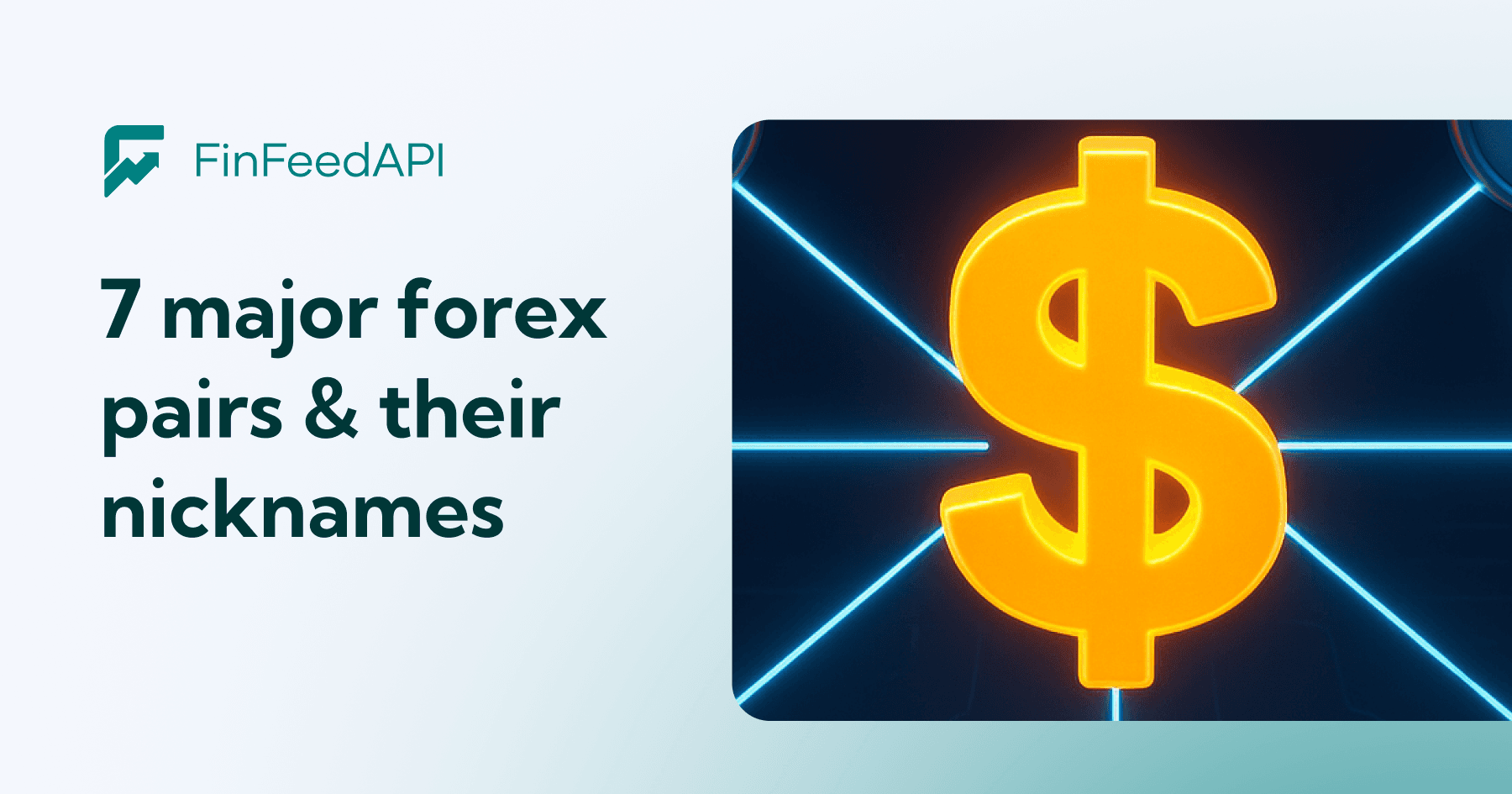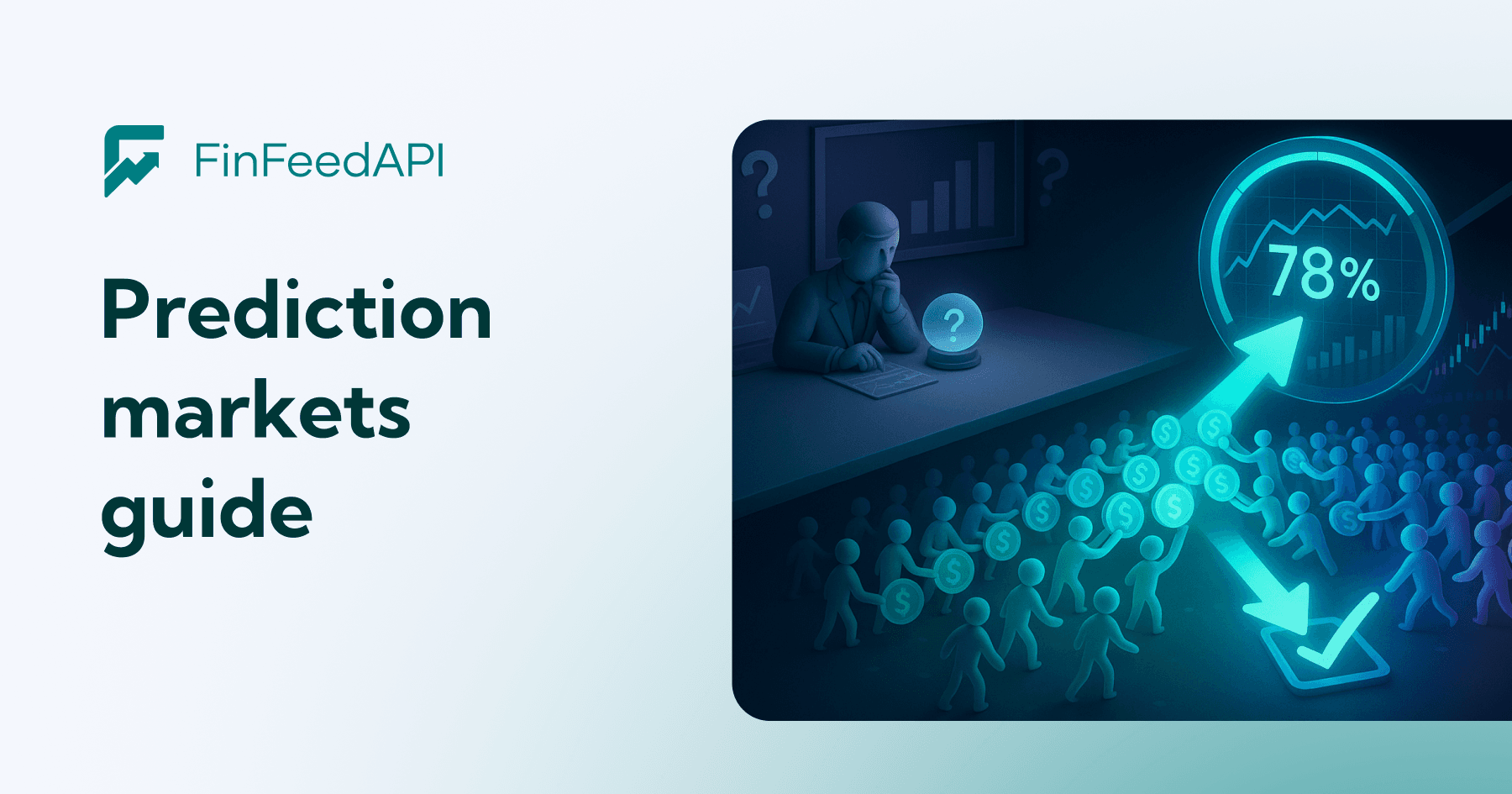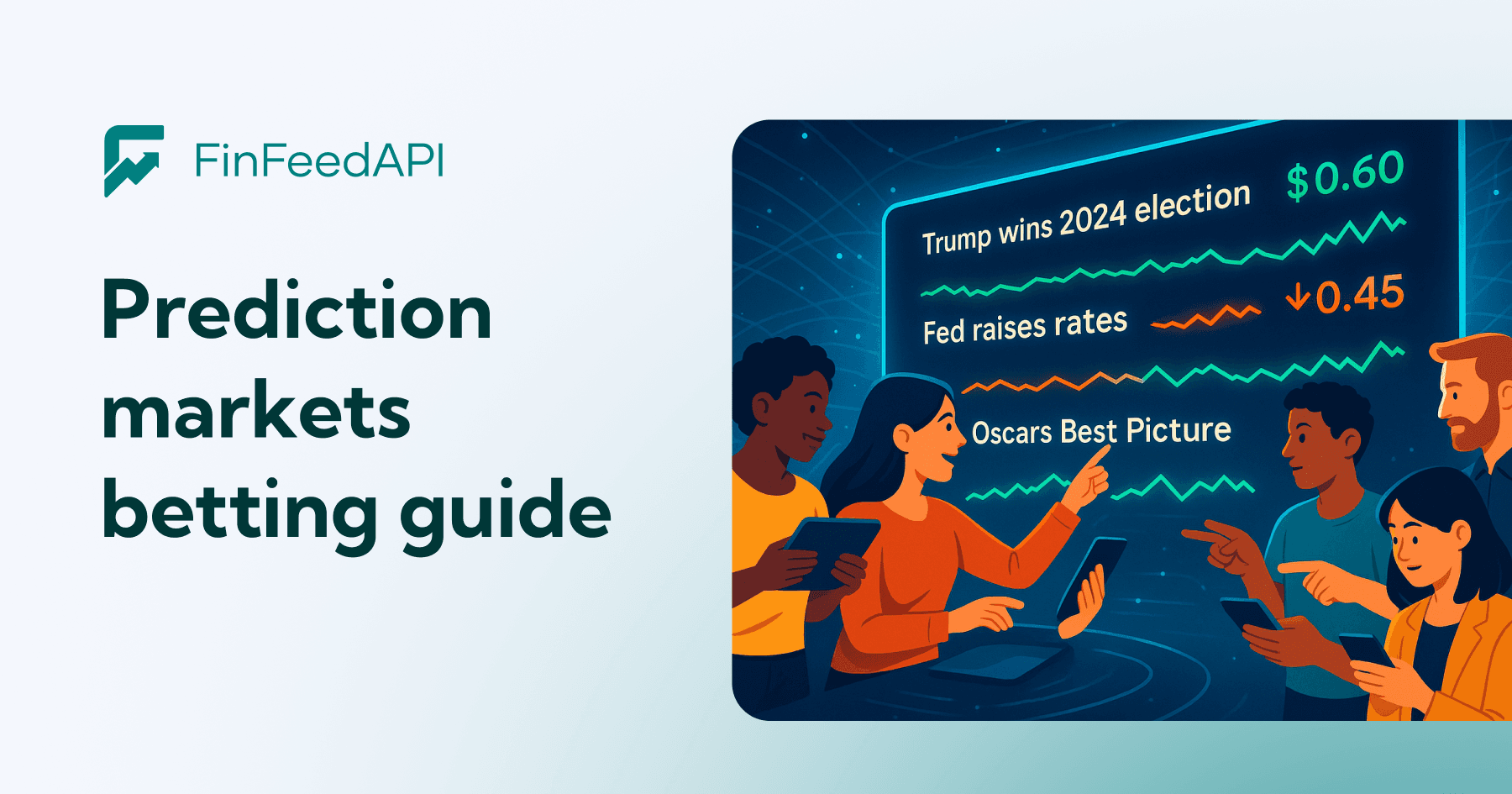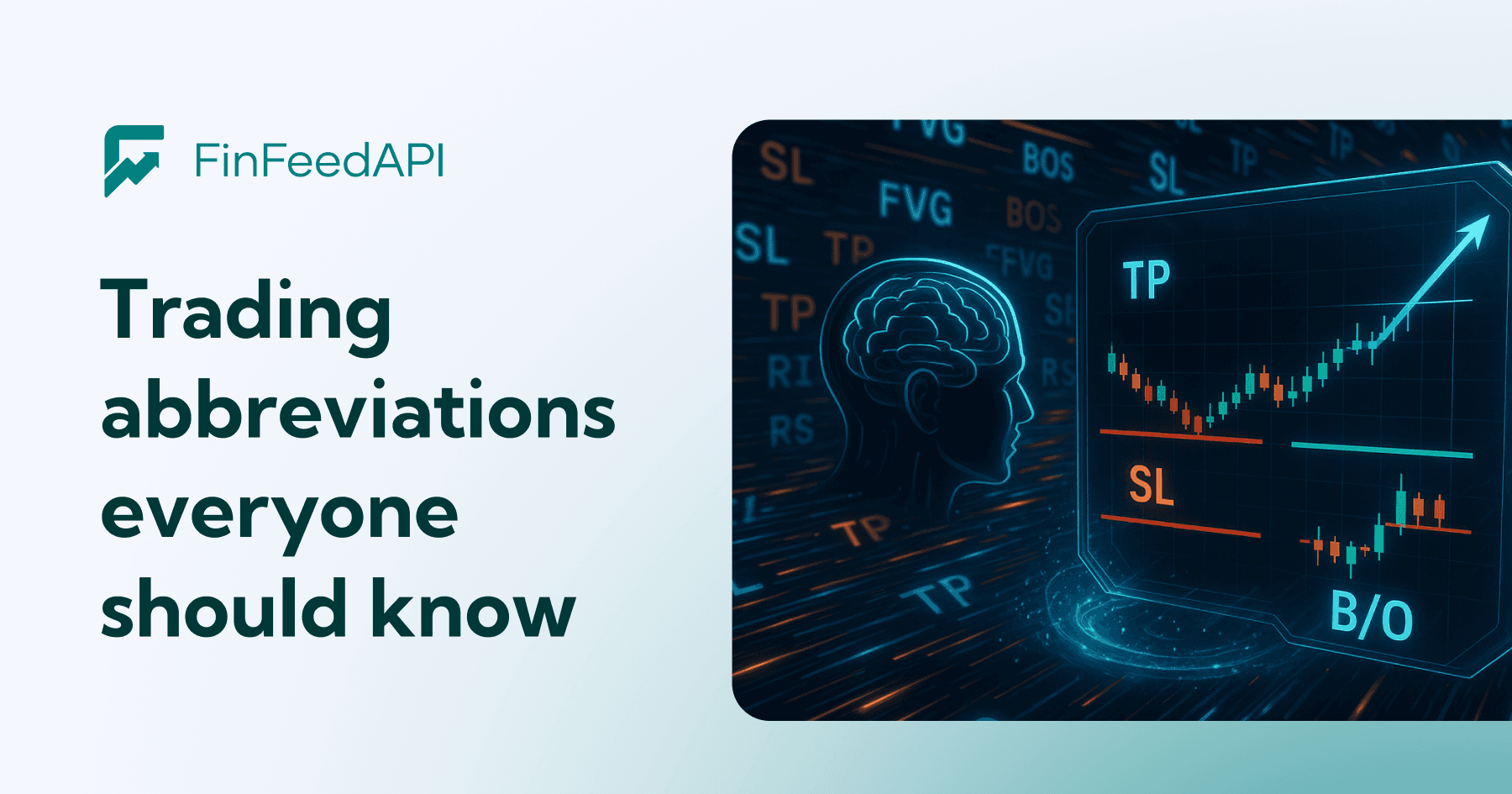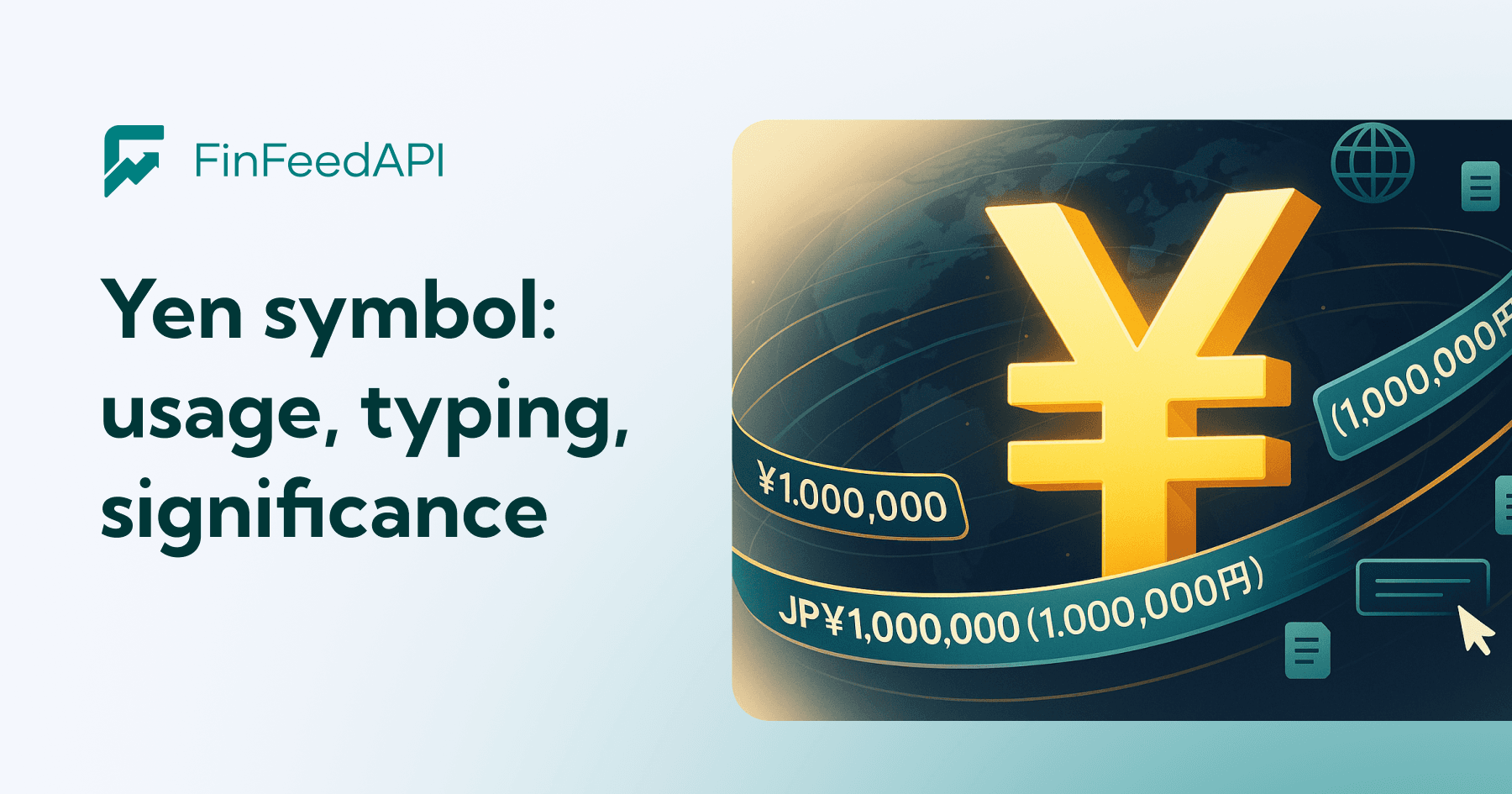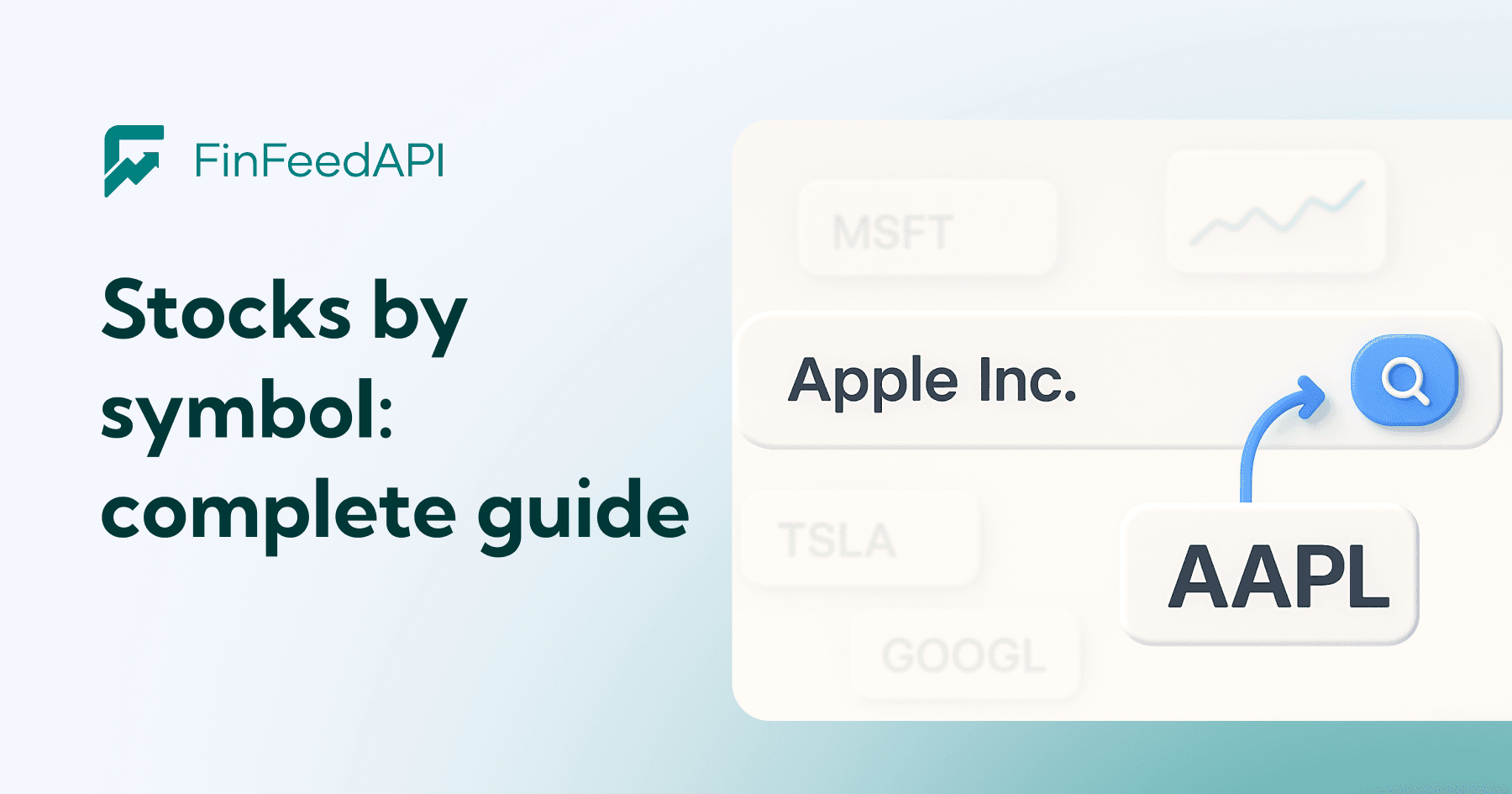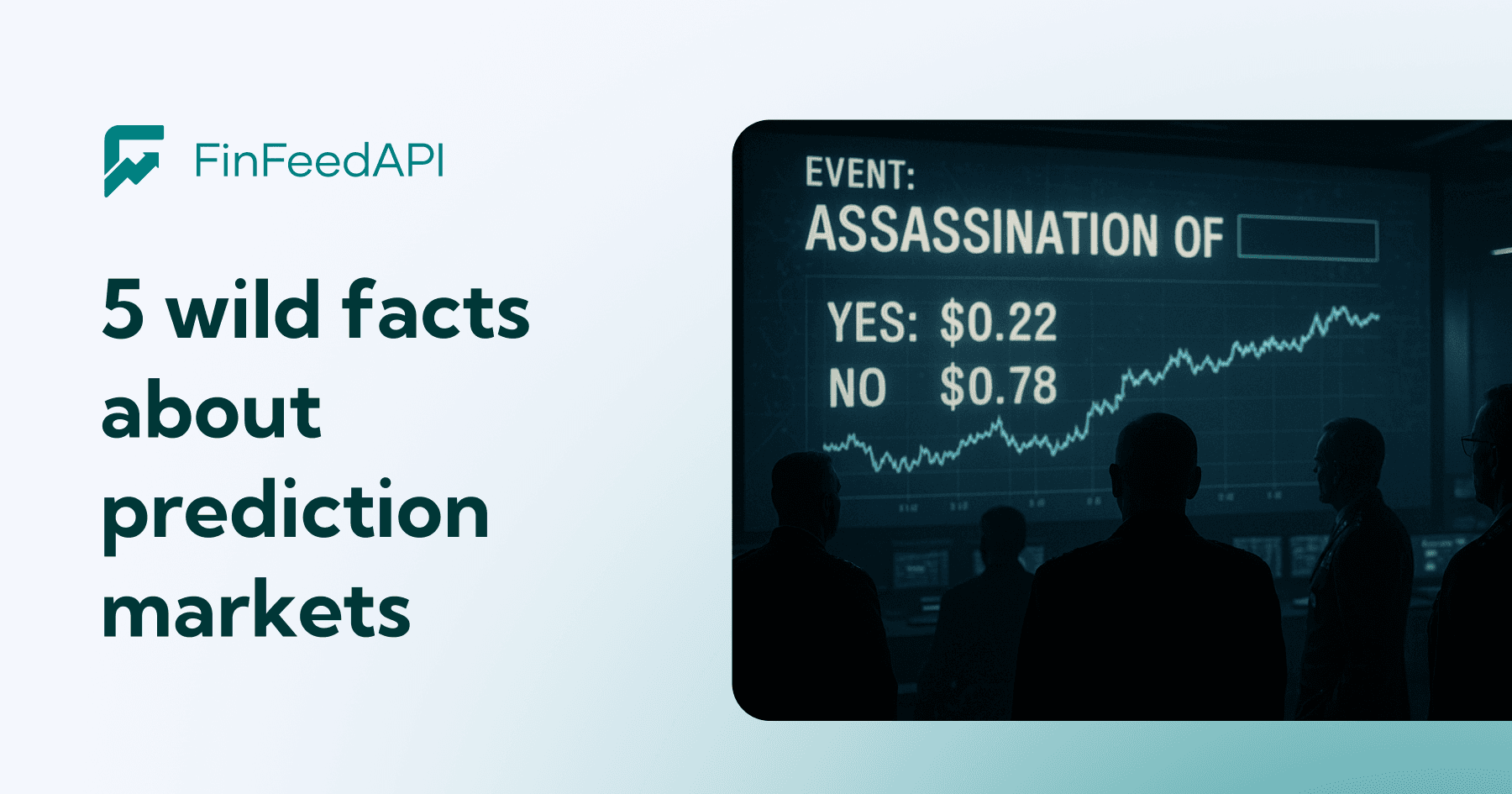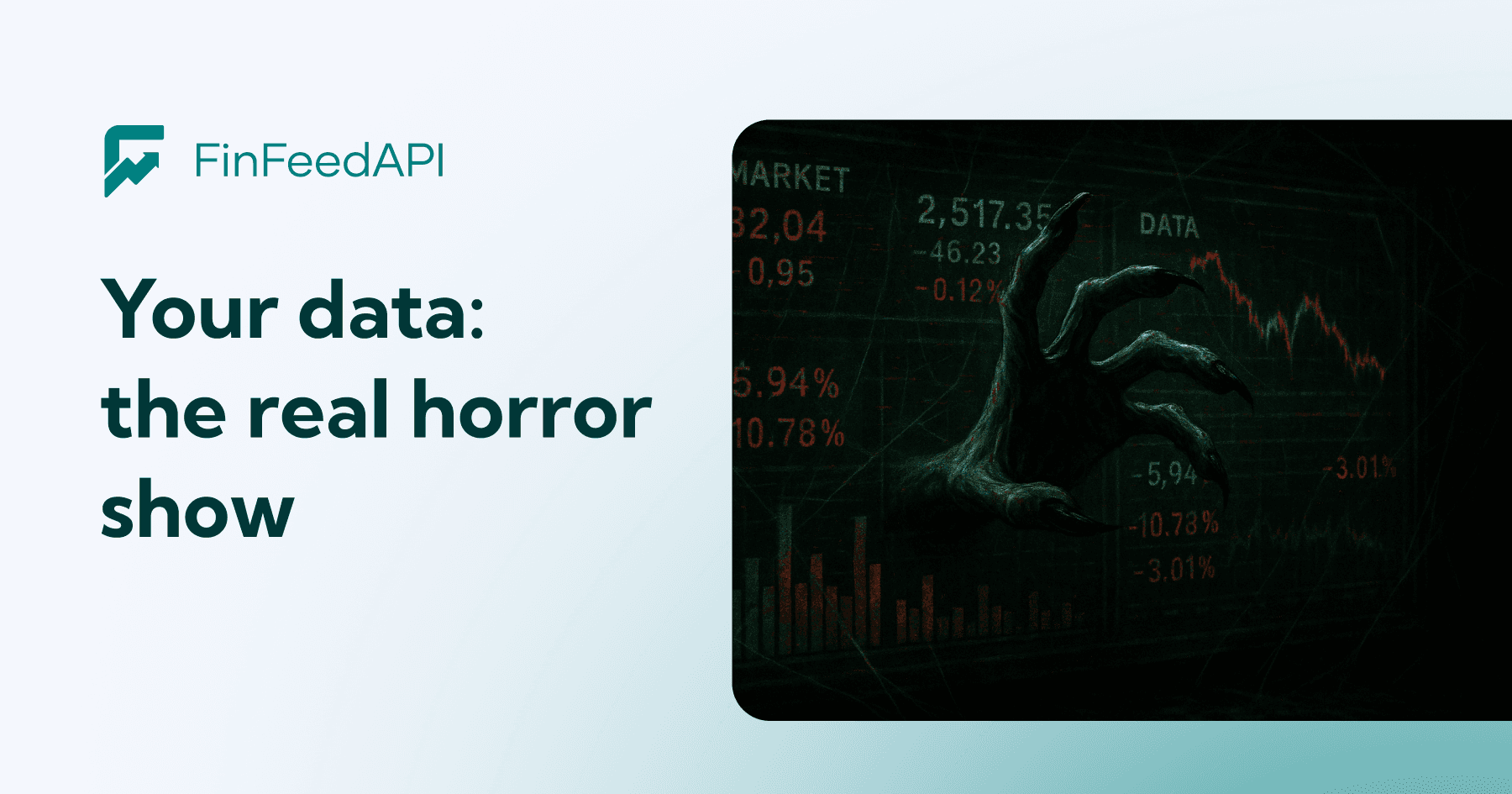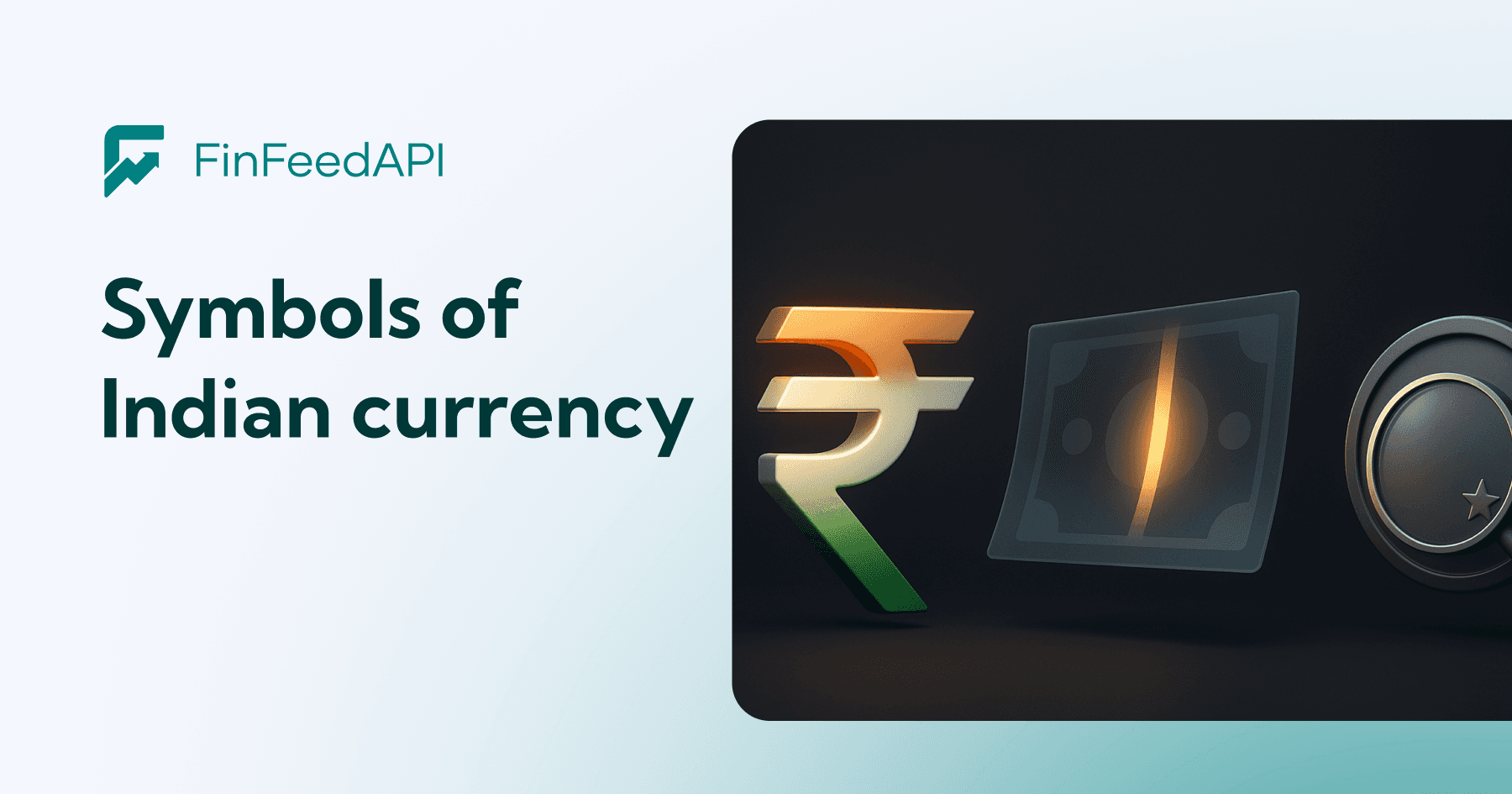Prediction markets are one of the most fascinating - and misunderstood - tools in finance.
At their core, these markets use the “wisdom of the crowd” to predict the future. When people can bet real money on the outcome of an event, they reveal what they truly believe will happen — not what they wish would happen. That’s the power of having real “skin in the game.”
But prediction markets aren’t just a political betting pool. They’ve been used by scientists, corporations, and even the U.S. military to forecast everything from elections to product launches. Think of them as real-time, alternative data engines that turn human belief into measurable market signals.
Here are 5 incredible — but 100% true — stories about prediction markets.
1. The Pentagon Once Tried to Create a “Terrorism Market”
In 2003, the U.S. Department of Defense’s DARPA launched an experimental project called the Policy Analysis Market (PAM).
Its goal? Use prediction markets to forecast political and economic instability in the Middle East. The problem was that some example markets included sensitive topics like assassinations and regime changes.
When this became public, politicians called it “grotesque” and “unbelievably stupid.” Within 24 hours, the project was canceled — and the admiral in charge resigned. It remains one of the most controversial experiments in prediction market history.
2. Routinely Beating the Polls
One of the earliest and most famous examples of prediction markets comes from the University of Iowa. Since 1988, the university has run the Iowa Electronic Markets (IEM) — a small-scale, real-money prediction market where traders buy and sell contracts based on election outcomes.
Over time, the IEM has proven more accurate than most major polls at forecasting U.S. presidential elections, especially in the final weeks before voting.
More recently, blockchain-based platforms like Polymarket (tracked by our FinFeedAPI) correctly called the 2024 U.S. election and even nailed the results in key swing states.
Why are they so accurate? Because polls measure opinions, while prediction markets measure conviction — people back their beliefs with money, so the odds reflect informed confidence, not wishful thinking.
3. Google Lets Its Employees Bet on Google
Since 2005, Google has quietly run internal prediction markets for its employees.
Using a play-money currency (nicknamed “Goobles”), employees trade on the outcomes of internal events — like whether a new product will launch on time or if Gmail will hit a certain number of users by a specific date.
These markets give Google leadership a clear, honest view of what employees really believe — free from office politics or overly optimistic reports. It’s data-driven honesty at scale.
4. Predicting Which Science Is Real
Science has a replication problem — many published studies don’t hold up when re-tested.
To tackle this, researchers built a prediction market where scientists could “bet” on which psychology studies would successfully replicate. The results were stunning: the market correctly predicted the outcomes 71% of the time, beating expert surveys by a wide margin.
That means a group of informed bettors outperformed professional peer review — showing just how powerful these markets can be at spotting truth in complex fields.
5. Best Buy Used One to Dodge a Corporate Disaster
When Best Buy planned to open a new store in Shanghai, executives were confident the project was on schedule.
But inside the company’s internal prediction market, traders were selling off the “Will it open on time?” contract fast. The signal? Something was wrong.
When management dug deeper, they discovered construction delays that would have derailed the launch. Thanks to the market’s early warning, they adjusted plans and avoided a major (and public) failure.
From "Wild Fact" to "Market Data"
Prediction markets have grown far beyond academic experiments. Today, they form a multi-billion-dollar asset class, with platforms like Kalshi (CFTC-regulated) and Polymarket generating continuous real-time probability data.
This data isn’t just gambling — it’s quantitative insight. Market prices show how informed traders view everything from interest rate changes to SEC rulings, often before traditional markets react.
Want to use that power?
The easiest way is through an API. Tools like FinFeedAPI let you access real-time prediction market data and integrate it into your platform or trading model.
Explore FinFeedAPI documentation and start turning prediction data into your next move.





